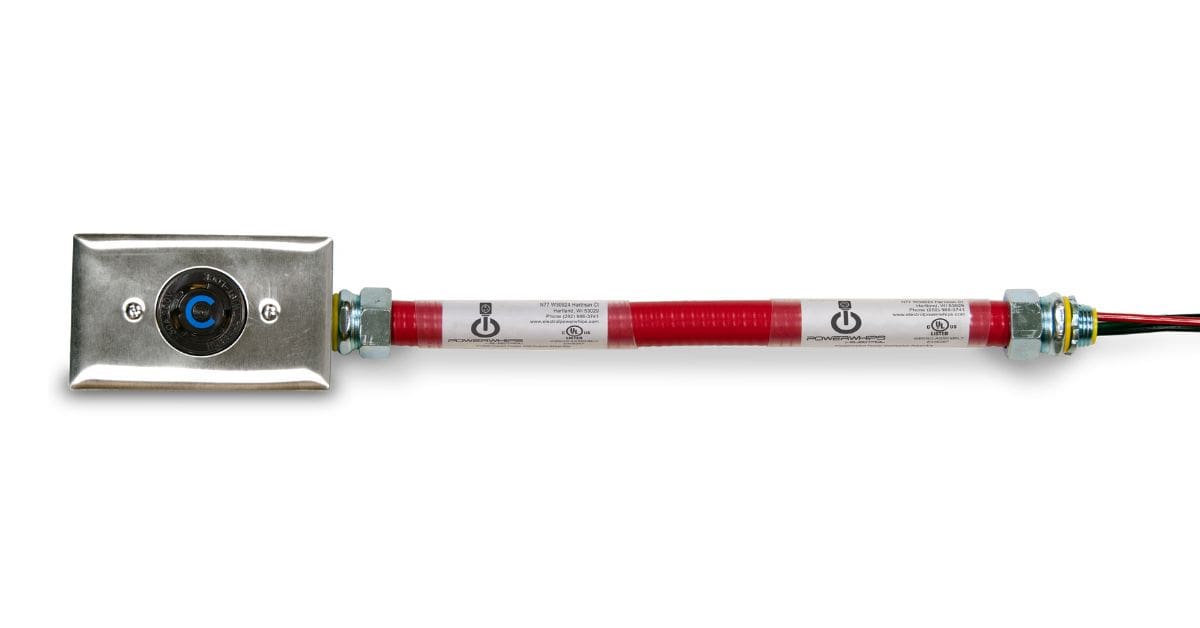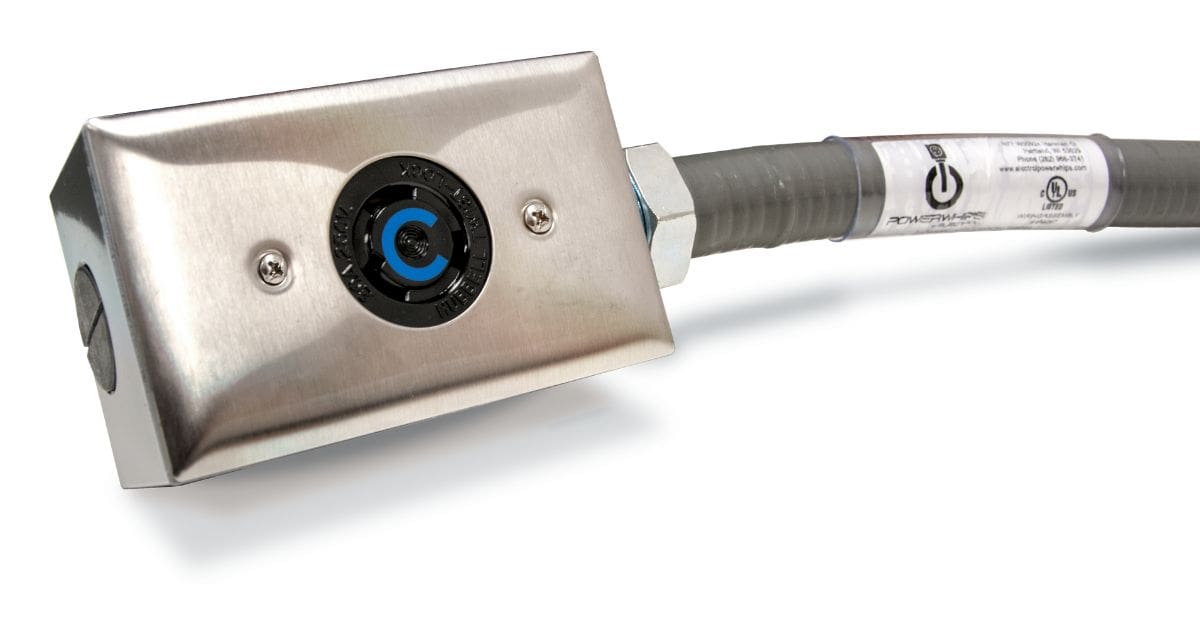
Electric vehicle adoption continues to accelerate across the United States, bringing new needs and features for home charging infrastructure. Many EV owners are discovering that their existing electrical outlets may already provide faster charging solutions than standard wall plugs.
The role of NEMA 10-30 and 14-30 in EV charging represents a practical bridge between basic Level 1 charging and expensive Level 2 installation projects, as these 240-volt outlets, commonly found in homes for dryers and other appliances, offer greatly improved charging speeds without requiring major electrical work. Understanding how these outlet types function within your EV charging setup can help you make informed decisions about your home charging strategy.
NEMA Outlet Standards Explained
The National Electrical Manufacturers Association establishes standardized configurations for electrical outlets and plugs across the US. NEMA designations indicate specific voltage, amperage, and pin configurations that ensure safe, compatible connections between devices and power sources.
NEMA 10-30 and 14-30 outlets both deliver 240 volts at 30 amperes, making them suitable for high-power appliances. The key difference lies in their grounding configurations and age of installation. These outlets typically serve electric dryers, but their electrical specifications also align well with Level 2 EV charging requirements.
Understanding these standards helps EV owners identify existing electrical infrastructure that might support faster charging without extensive modifications. Professional electricians rely on these specifications for proper installation and safety compliance.
NEMA 10-30 Configuration and Applications
The NEMA 10-30 outlet features a three-prong design with two hot wires and one neutral wire, but it lacks a dedicated ground wire. This configuration was standard in older homes, typically installed before modern electrical codes required separate grounding conductors.
Electric dryers commonly use NEMA 10-30 connections in homes built before the 1990s because the outlet provides 240 volts through its hot wires, with the neutral wire serving dual purposes for both neutral and grounding functions. While this arrangement met previous electrical codes, it differs from current safety standards that require separate neutral and ground conductors.
EV charging adapters designed for NEMA 10-30 outlets must account for this grounding limitation. Reputable charging equipment manufacturers provide appropriate safety measures within their adapters.

NEMA 14-30 Modern Safety Features
NEMA 14-30 outlets incorporate a four-prong design that includes two hot wires, one neutral wire, and one dedicated ground wire. This configuration meets current electrical codes and provides enhanced safety through proper grounding. Modern homes and electrical updates typically feature NEMA 14-30 outlets for high-power appliances. The separate ground wire provides a dedicated path for fault currents, improving electrical safety and reducing risks associated with equipment malfunctions.
EV charging equipment designed for NEMA 14-30 connections can take full advantage of proper grounding. This configuration offers optimal safety features for electric vehicle charging applications, aligning with modern electrical safety practices and manufacturer recommendations.
Charging Speed Capabilities
Both NEMA 10-30 and 14-30 outlets support Level 2 charging speeds that greatly exceed standard household outlets. A typical 120-volt outlet provides approximately 3 to 5 miles of range per hour of charging. In comparison, these 240-volt connections can deliver 15–25 miles of range per hour, depending on your vehicle’s onboard charger capacity.
The actual charging speed depends on several factors, including your EV’s maximum charging rate, the specific charging equipment used, and local electrical conditions. Most portable EV charging units designed for these outlets operate at 24-ampere continuous load, which represents 80 percent of the outlet’s 30-ampere rating as required by electrical codes.
Modern EVs can charge at approximately 22 miles of range per hour when connected to a NEMA 14-30 outlet with appropriate charging equipment, making these outlets attractive options for home charging upgrades.
Installation Considerations and Requirements
Installing NEMA 10-30 or 14-30 outlets requires proper electrical circuit design and professional installation. The circuit must include appropriate wire gauge, typically 10 AWG copper wire, and proper overcurrent protection through a 30-ampere double-pole circuit breaker.
Electrical panel capacity is another feature to consider before installation. Your home’s electrical service must have sufficient available capacity to support the additional 30-ampere load. Be sure to consult a qualified electrician and evaluate your electrical system’s total load and available capacity before proceeding with installation.
Local electrical codes and permit requirements vary by jurisdiction, but most areas require permits and inspections for new 240-volt outlet installations. Fortunately, investing in professional installation ensures compliance with local codes and proper safety measures throughout the electrical system.
Safety Protocols for EV Charging
Proper safety protocols also become essential when using NEMA outlets for EV charging. Always verify that your charging equipment is specifically designed and rated for the outlet type you’re using, as mismatched connections can create safety hazards and damage equipment.
Regular inspection of outlets, plugs, and charging equipment also helps identify potential issues before they become bigger problems. Look for signs of overheating, such as discolored outlets or warm plugs, which may indicate electrical problems requiring professional attention.
Never use extension cords or adapters not specifically designed for EV charging applications. The high current loads associated with EV charging require proper electrical connections throughout the charging circuit, and temporary or improvised connections can create fire hazards and damage expensive equipment.

Costs and Benefits
NEMA outlet installations typically cost significantly less than hardwired Level 2 charging stations while providing similar charging speeds. Installation costs for NEMA outlets generally range from $300 to $800, depending on electrical panel proximity and local labor rates.
Portable charging units designed for NEMA outlets also offer flexibility advantages over permanent installations. You can easily relocate portable chargers for different parking arrangements or take them on trips for charging at compatible outlets.
However, hardwired Level 2 charging stations may qualify for additional tax credits or rebates that portable units don’t receive. Make sure to research and evaluate available incentives in your area when comparing total costs between installation options.
Optimizing Your Home Charging Strategy
The role of NEMA 10-30 and 14-30 in EV charging extends beyond simple outlet selection to encompass broader home energy management strategies. These outlets provide practical solutions for many EV owners seeking faster charging without extensive electrical modifications. Consider your specific charging needs, existing electrical infrastructure, and long-term plans when selecting charging solutions.
Looking for a reliable, heavy-duty NEMA cable for your EV charging needs? At Electrol PowerWhips, we specialize in top-quality solutions designed to handle the demands of electric vehicle charging. Built for durability, performance, and reliability, our NEMA cables ensure a seamless and efficient charging experience. Trust Electrol PowerWhips to keep your EV powered and ready to go whenever you need it.
